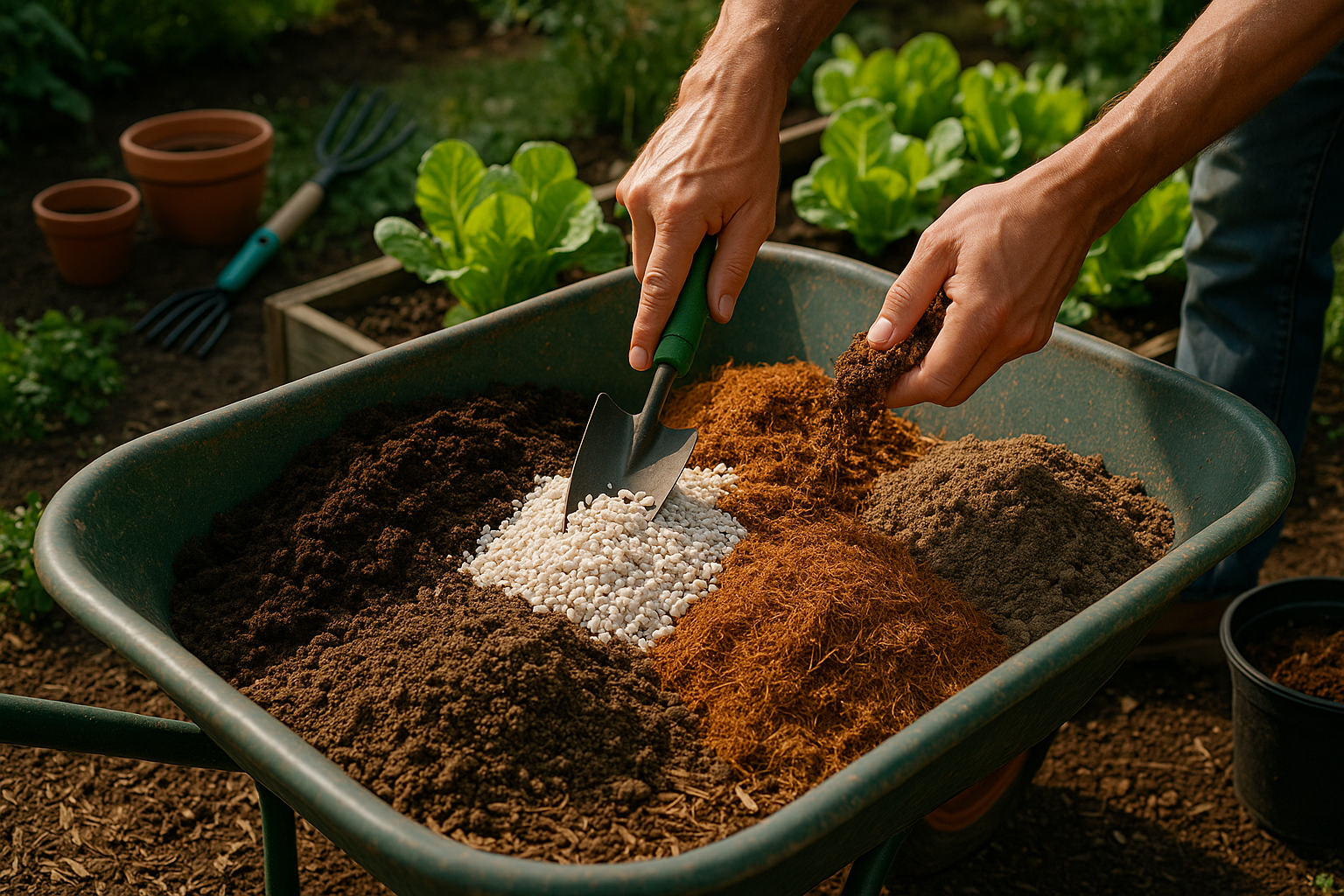How to Make a Perfect Lettuce Growing Soil Mix at Home
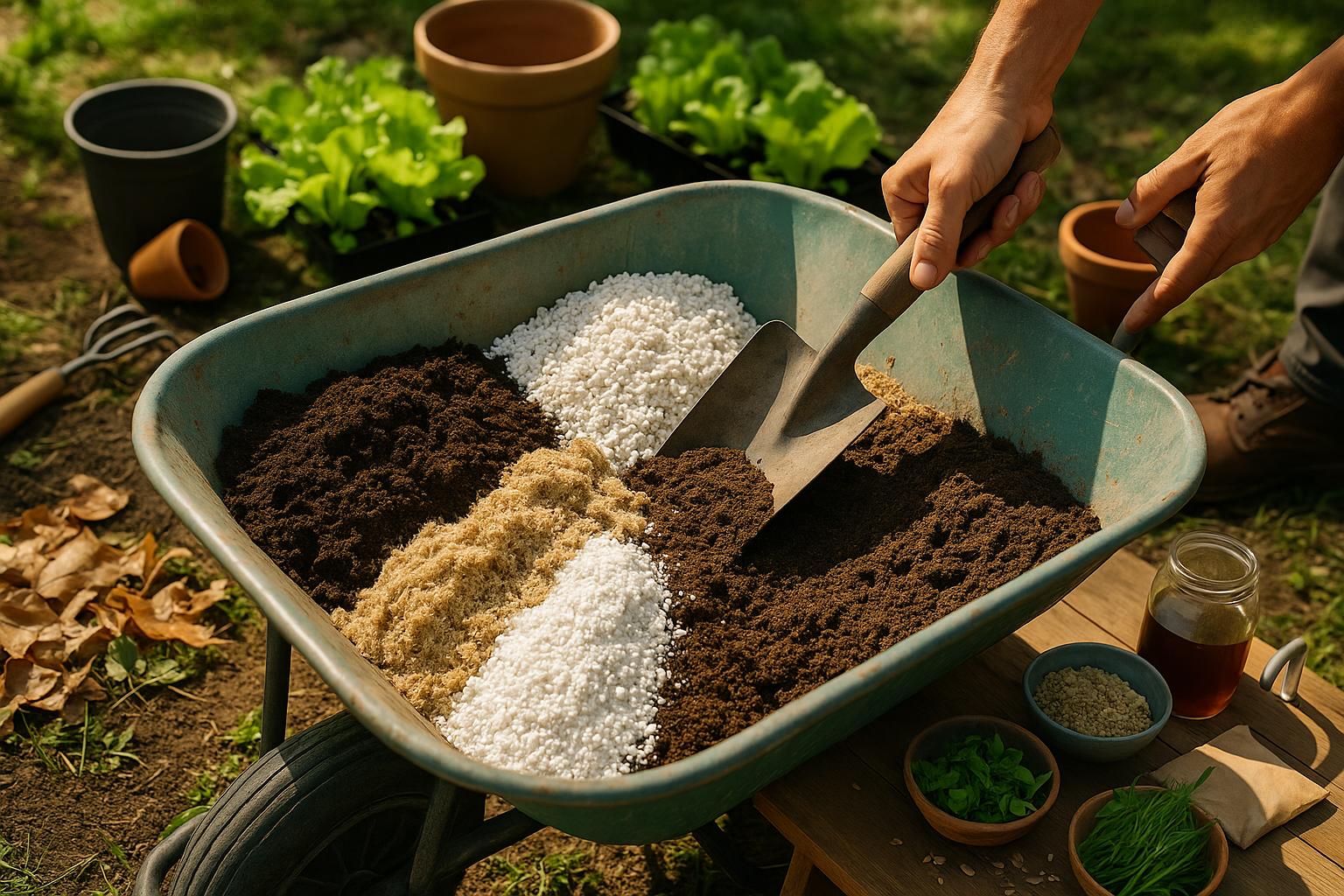
Starting with the right soil mix is key to growing crisp, healthy lettuce at home. It all begins with understanding what lettuce needs: rich, loose, well-drained soil full of organic matter, with a slightly acidic to neutral pH between 6.0 and 7.0.
To create your mix, combine equal parts high-quality garden soil or potting mix, finished compost for essential nutrients, and coconut coir or sphagnum peat moss to help hold moisture without waterlogging the roots. Mix in a handful of perlite or coarse sand to improve drainage—this is crucial since soggy soil encourages root rot.
For an all-organic option, skip synthetic fertilizers and use worm castings or aged manure; these release nutrients gently and support beneficial microbes. As you blend your ingredients in a wheelbarrow or large tub, break up any clumps for an even texture.
To troubleshoot common issues, check for compaction regularly by squeezing a handful of soil—if water drips, it’s too dense; if it crumbles easily, you’re on the right track.
You might also compare ready-made organic mixes from brands like Espoma, FoxFarm, or Miracle-Gro Performance Organics. For budget-friendly projects, buy in bulk at your local garden center and supplement with homemade compost.
Once the lettuce is growing, top-dress with a thin layer of compost every few weeks, and monitor moisture daily—lettuce thrives in consistently damp, never soggy, soil. If you see yellowing leaves or stunted growth, test your soil or add a liquid seaweed feed to boost micronutrients.
From seedling to salad bowl, quality soil maintenance is the secret to sweet, crunchy homegrown lettuce.
Understanding Lettuce Soil Needs
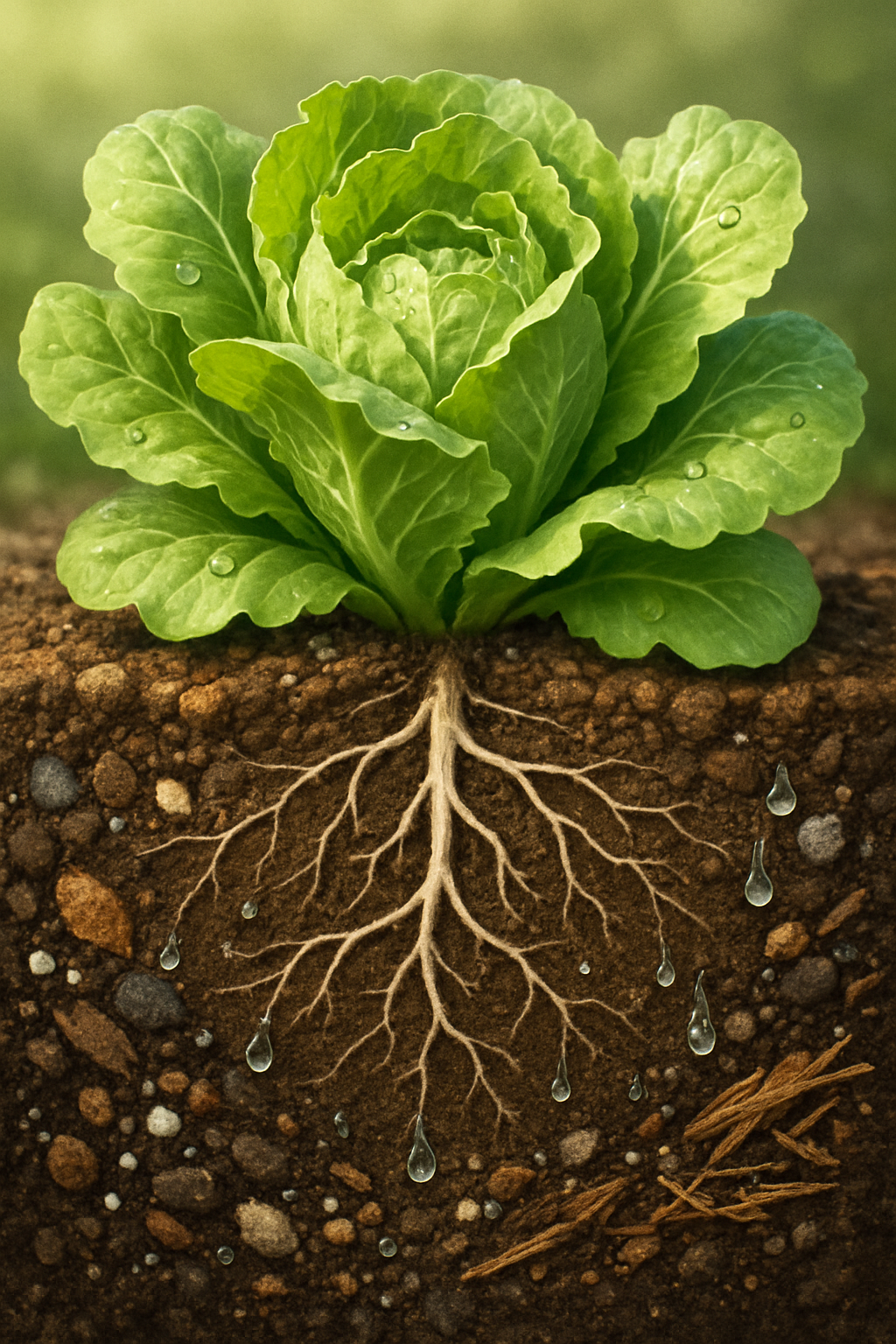
Soil quality is the foundation of healthy lettuce growth, directly impacting every stage from seed germination to harvest. Lettuce thrives best in loose, well-aerated soil that allows its shallow roots to expand easily and access nutrients efficiently. Dense or compacted soils can hinder root development, leading to stunted plants and poor yields.
Moisture retention is equally important, as lettuce has high water needs but is also prone to rot if the soil is waterlogged. A good lettuce bed strikes a balance: it holds moisture without becoming soggy, thanks to organic matter like compost or peat moss. Proper drainage prevents problems like root rot and fungal diseases, which can quickly devastate a crop.
Nutrient balance, especially adequate nitrogen, encourages lush, tender leaves and robust growth. Without essential nutrients, lettuce may develop bitter flavors, discoloration, or small, tough heads. In real-world gardening, you’ll notice that lettuce grown in heavy clay or depleted soils often tastes harsher and bolts (flowers) too soon, cutting the harvest short.
Amending your garden with compost, testing pH levels (lettuce prefers slightly acidic to neutral soils, around 6.0 to 7.0), and checking for proper drainage by seeing how fast water soaks in are practical steps any gardener can take. By paying attention to these key soil properties, you’ll ensure your lettuce not only survives but flourishes, delivering tender, sweet leaves every time.
Essential Components for the Ideal Soil Mix
Building the ideal soil mix for your lettuce starts with the right blend of components, each serving a crucial purpose. Compost is foundational, supplying a steady release of nutrients and promoting healthy microbial life in your soil.
Peat moss or its sustainable alternative, coco coir, provides excellent water retention, keeping roots moist without becoming soggy—this is key for tender crops like lettuce.
To ensure roots breathe and excess water drains efficiently, add either perlite or vermiculite. Perlite is especially popular for its lightweight, porous structure that resists compaction, while vermiculite retains water a bit longer, making it handy for hot climates.
Mixing in some clean garden soil introduces local beneficial organisms and minerals, rounding out your blend.
Lettuce thrives in soil with a slightly acidic to neutral pH, ideally between 6.0 and 7.0. Simple pH test kits are inexpensive and widely available at garden centers—just mix a little soil with water and use the strip to get a reading. If your pH is too low, mix in a bit of pulverized garden lime; if it’s too high, peat moss or elemental sulfur can help nudge it down.
To supercharge your soil (especially for organic growers), add amendments like worm castings or well-rotted manure, which enrich the mix with gentle, slow-release nutrients and boost soil structure.
With these ingredients and a little attention to pH, your lettuce bed will be primed for crisp, flavorful harvests all season long.
Step-by-Step Guide to Mixing Your Lettuce Soil
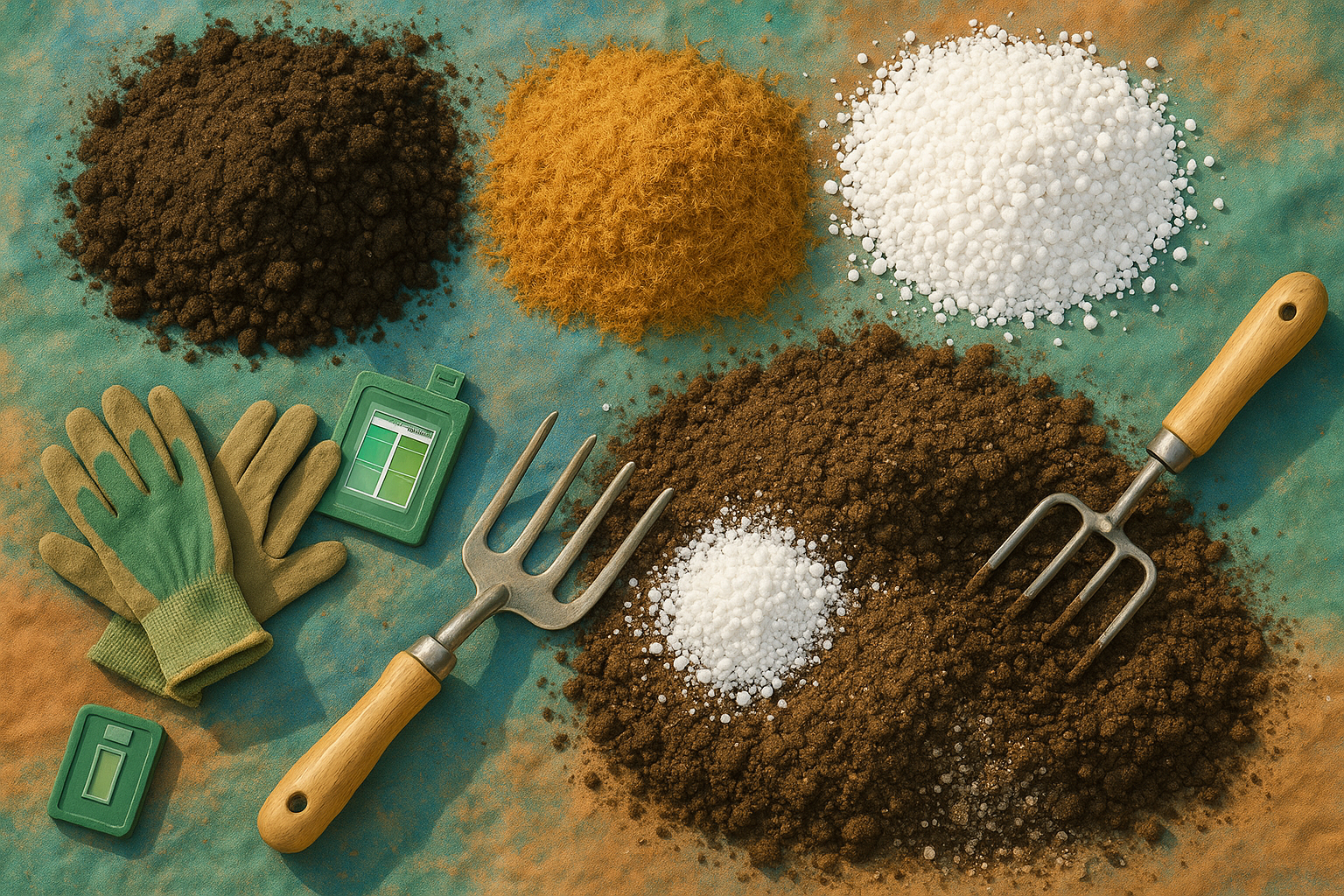
For a healthy, vibrant lettuce crop, start by mixing your soil in the right proportions: use one part high-quality compost, one part coconut coir or peat moss, one part perlite, and one part garden soil. Gather these ingredients on a clean tarp or in a large wheelbarrow for easy blending.
Begin by sprinkling compost evenly over the base, then layer on the coir or peat moss (for moisture retention), followed by perlite (for drainage), and finally the garden soil for structure and nutrients. Use a shovel or your hands to fold the mixture together thoroughly, tossing it lightly from the bottom up to ensure every handful feels consistent, with no clumps or dry spots.
Aim for a crumbly, loose texture that easily breaks apart in your hand but holds a slight shape when squeezed—this means moisture and air will move freely, keeping lettuce roots happy.
If you’re gardening in containers, boost drainage by adding a little extra perlite and double-check that your pots have drainage holes. For open garden beds, you might add more garden soil for structure, especially if your native soil is clay-heavy or lacks organic matter.
As a rule of thumb, container mixes should be lighter to prevent compacting, while in-ground beds can handle a more robust mix. Always adjust your recipe depending on what’s available or your climate—drier areas may benefit from more moisture-retaining coir or peat moss, while wetter climates should prioritize drainage.
Following these steps will give your lettuce the healthy, aerated foundation it needs to grow crisp, lush leaves all season long.
Troubleshooting Common Lettuce Soil Problems
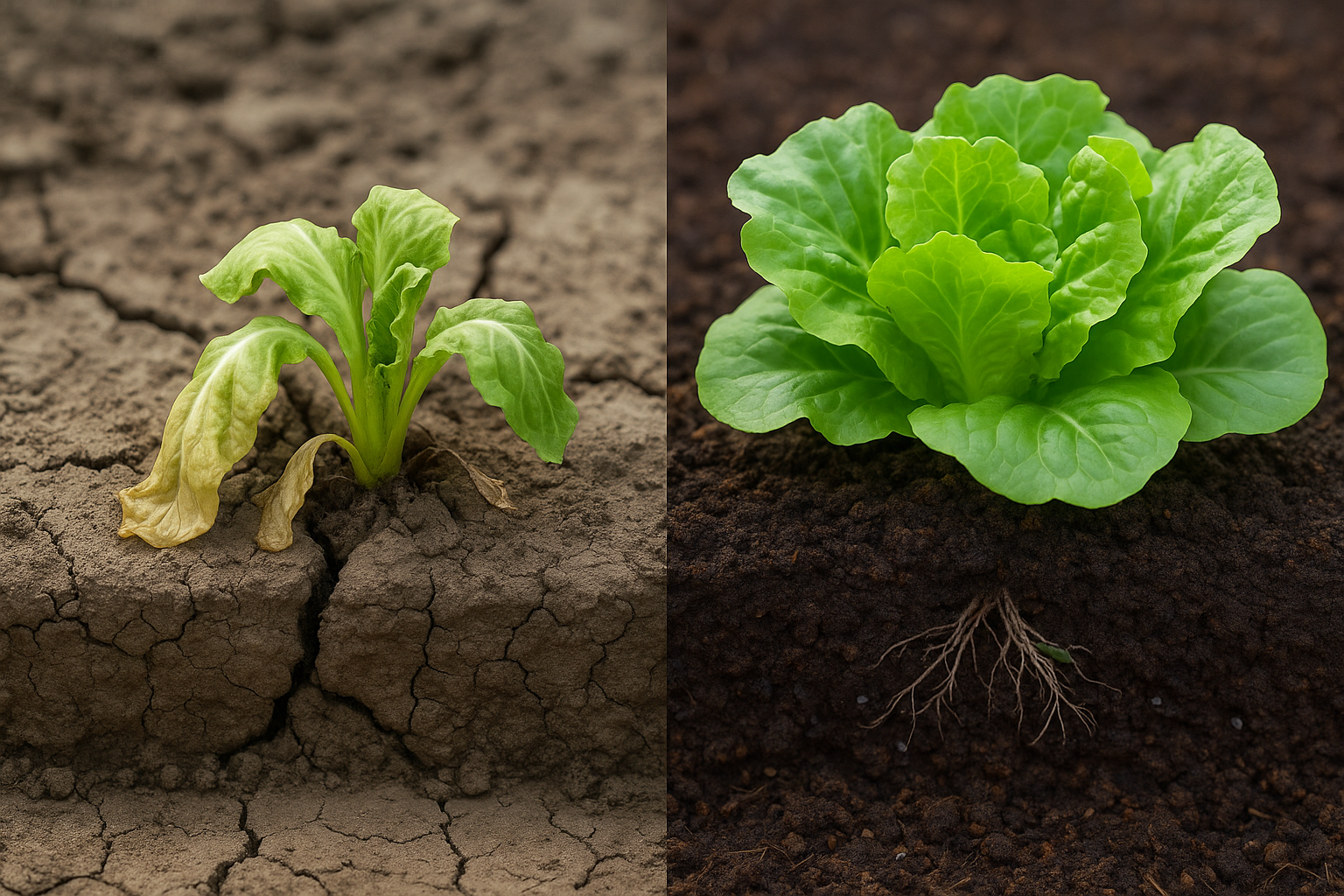
Lettuce is a relatively fuss-free crop, but soil problems can sneak up and sabotage your harvest if you’re not vigilant. One common issue is soil compaction—if your lettuce leaves are small, wilted, or growth seems stunted even with regular watering, the roots may be struggling for air and space.
Try sticking a garden fork into the soil to gently loosen it, or work in some compost or sand to improve drainage and structure.
On the flip side, waterlogged soil is equally problematic, often showing up as yellowing leaves, root rot, or a generally droopy appearance. If rain or overwatering is the culprit, consider planting your lettuce in raised beds or adding coarse materials like sand to help water drain away faster.
Nutrient deficiencies are another big issue that’s easy to miss; pale, slow-growing lettuce often signals a lack of nitrogen or other vital nutrients. Avoid this by top-dressing your soil with compost or using a balanced organic fertilizer, especially if you’ve been growing crops in the same patch for multiple seasons.
Don’t forget, soil conditions change over time—regularly test your soil so you can anticipate and tackle issues before they affect your lettuce. Whether you’re growing in a backyard bed or containers, healthy soil is the secret to crisp, vibrant heads of lettuce all season long.
Organic and Eco-Friendly Soil Mix Tips
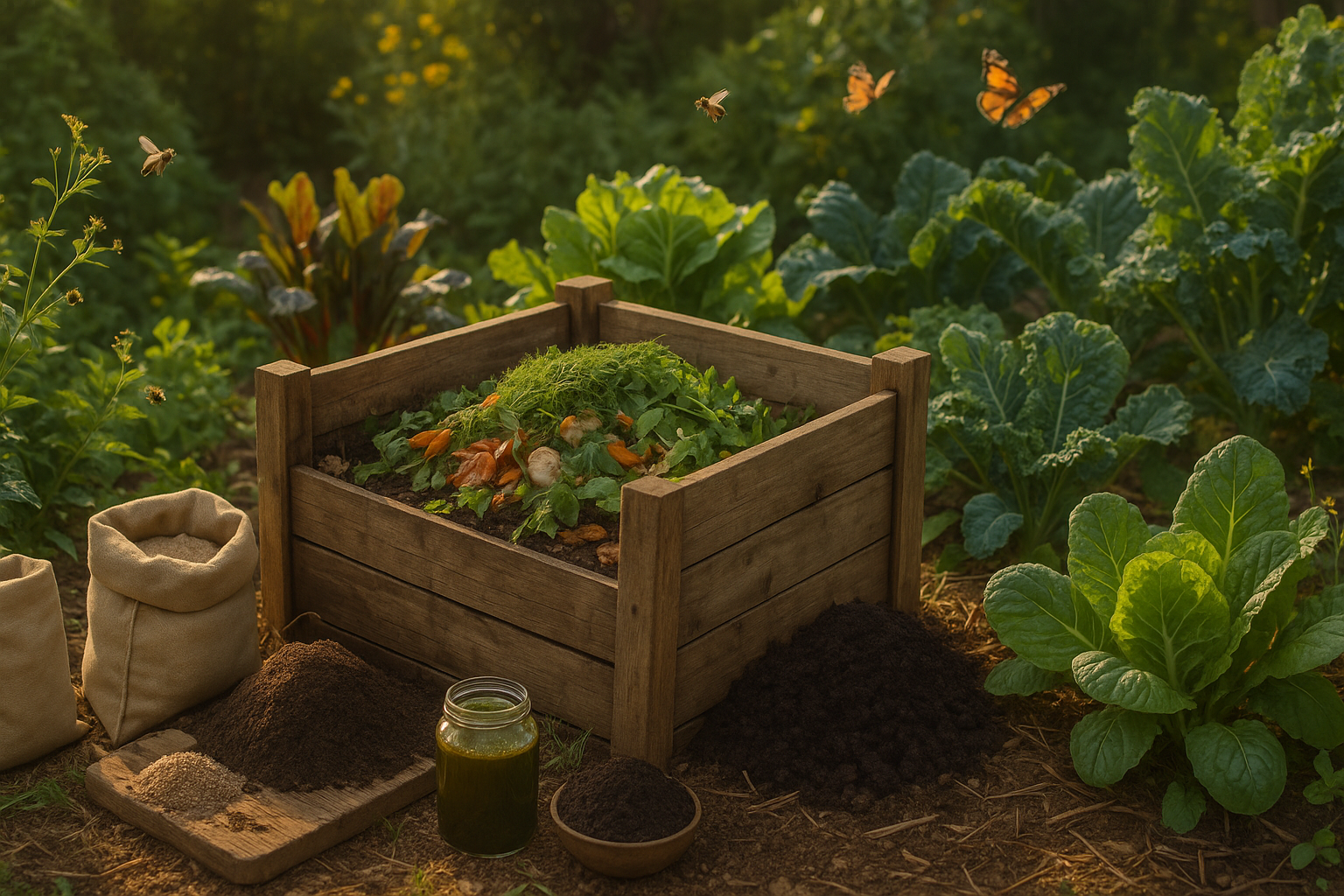
Switching to organic and eco-friendly soil mixes is easier than you might think—and it does wonders for your garden and the planet. Start by replacing traditional peat moss with sustainable alternatives like coco coir, a byproduct of coconut processing. Coco coir holds moisture well, supports healthy root systems, and helps spare valuable peat bog ecosystems from being harvested.
Homemade compost is another goldmine for soil building. Collect kitchen scraps, grass clippings, and fallen leaves to create a nutrient-rich mix teeming with beneficial microbes. Instead of synthetic fertilizers, opt for natural amendments such as worm castings or aged manure, which nourish plants without disrupting the soil’s delicate ecosystem.
If you’re gardening directly in the ground, consider crop rotation—growing different plant families in each bed every season. For example, follow tomatoes one year with beans the next to replenish nutrients and break pest cycles. Pair this with cover cropping in the off-season. Scattering seeds of plants like clover or rye protects soil from erosion, boosts organic matter, and naturally fixes nitrogen, reducing your need for chemical additives.
By layering these practices, you’ll grow healthier plants, support local biodiversity, and create a garden that’s both productive and resilient—no green thumb required.
DIY Soil Mix vs. Store-Bought Options
When deciding between a DIY soil mix and store-bought potting soil for growing lettuce, it’s important to weigh the pros and cons based on your gardening goals and available resources.
Homemade blends let you customize every component—like peat moss or coconut coir for moisture, perlite for aeration, and compost for nutrients—giving you total control over the texture and fertility suited to leafy greens such as lettuce. This approach can save money, especially if you already have some ingredients on hand, and it minimizes mystery additives. However, mixing your own soil can be time-consuming and messy, and getting the recipe right sometimes takes trial and error.
On the other hand, commercial potting soils are convenient and consistent; you just open the bag and plant. The downside is they may contain unnecessary additives, like slow-release fertilizers better suited for flowering plants, and they often compact or dry out too quickly for shallow-rooted crops like lettuce.
If DIY isn’t an option, look for a commercial mix that is light, loamy, and specifically labeled for vegetables or leafy greens. Many mixes are too dense, but you can quickly improve them—simply stir in a few handfuls of perlite or vermiculite for better drainage and aeration, and blend in some screened compost to boost nutrients and encourage healthy, fast lettuce growth. This simple tweak lets you enjoy the ease of store-bought soil while still meeting the specific needs of your lettuce crop.
Maintaining Healthy Lettuce Soil All Season
Keeping lettuce soil healthy throughout the season starts with simple, consistent care. Mulch with straw, shredded leaves, or grass clippings to lock in moisture and regulate temperature, making the soil less inviting for weeds.
For steady growth, use a diluted, balanced fertilizer every few weeks—liquid seaweed or compost tea works well without overwhelming delicate lettuce roots. Check soil moisture regularly; lettuce prefers evenly damp but not soggy conditions. A finger test or an inexpensive soil moisture sensor can help prevent over- or under-watering.
Between plantings, refresh your soil mix by loosening it and adding new compost or well-rotted manure to restore nutrients. Crop rotation is critical—avoid planting new lettuce in the same spot each cycle to prevent disease build-up. Try alternating with beans or root crops.
When a crop is done, sift through leftover soil, removing roots and debris. Mix in organic matter like worm castings or leaf mold to boost microbes and improve soil structure. If you grow in containers, empty and fluff the old soil, blend it with fresh compost, and store it in a dry place until you’re ready for your next batch.
These simple steps keep your lettuce beds fertile, resilient, and ready for steady harvests season after season.
